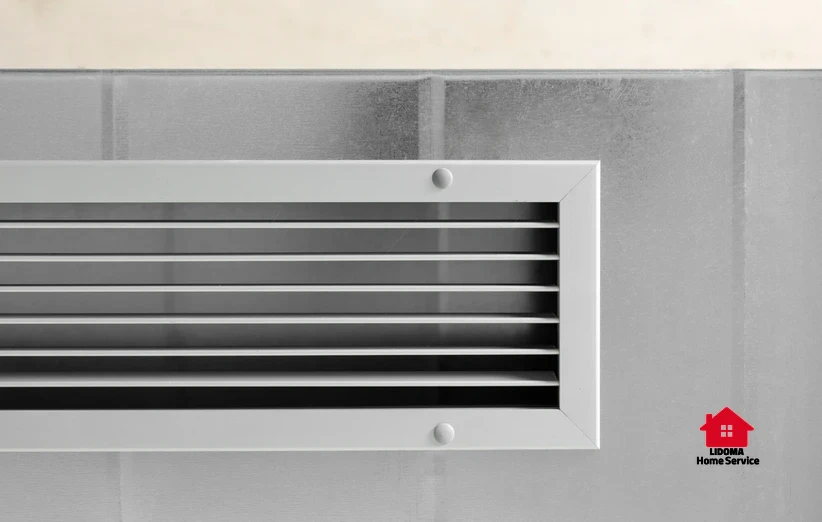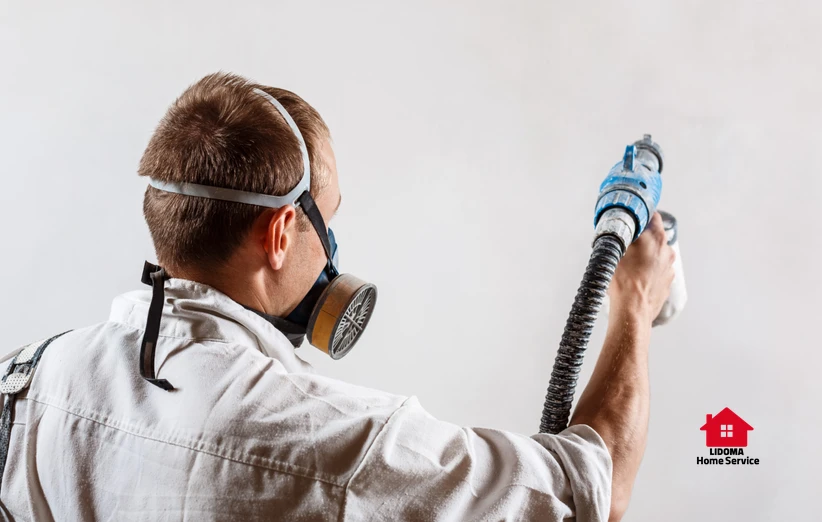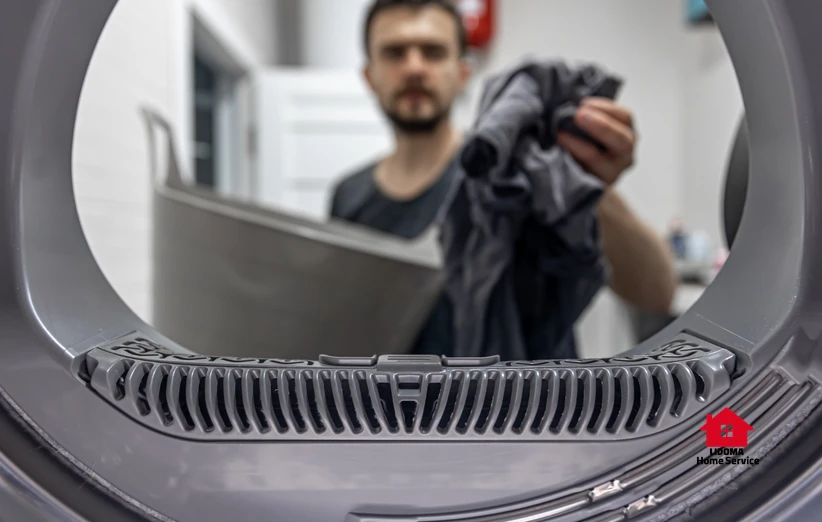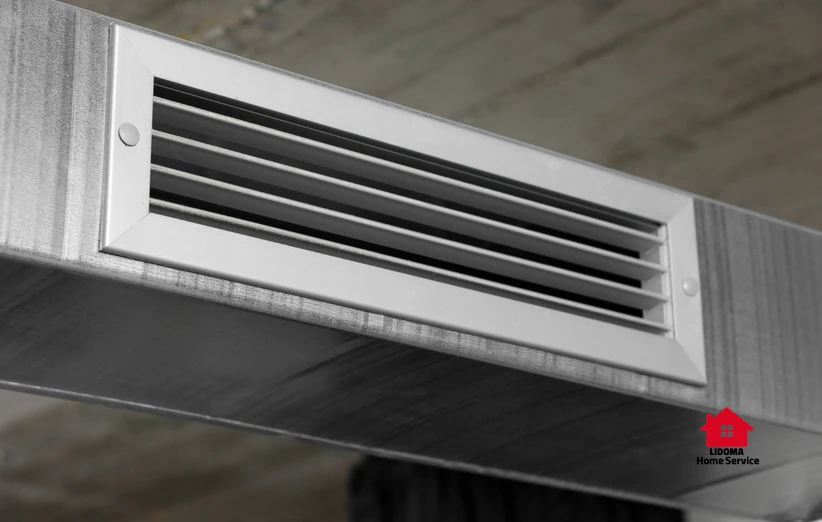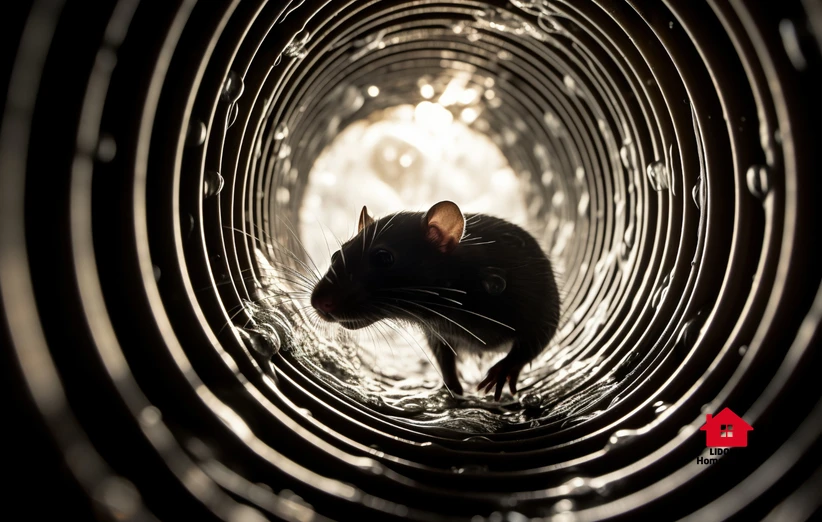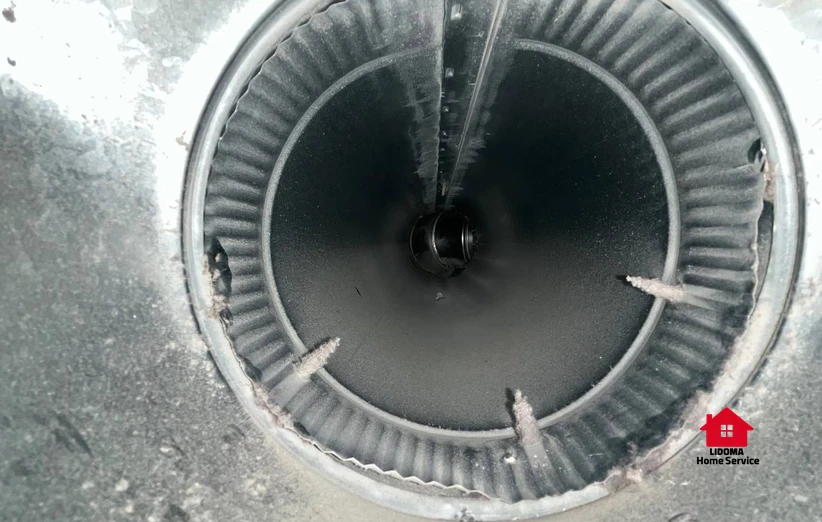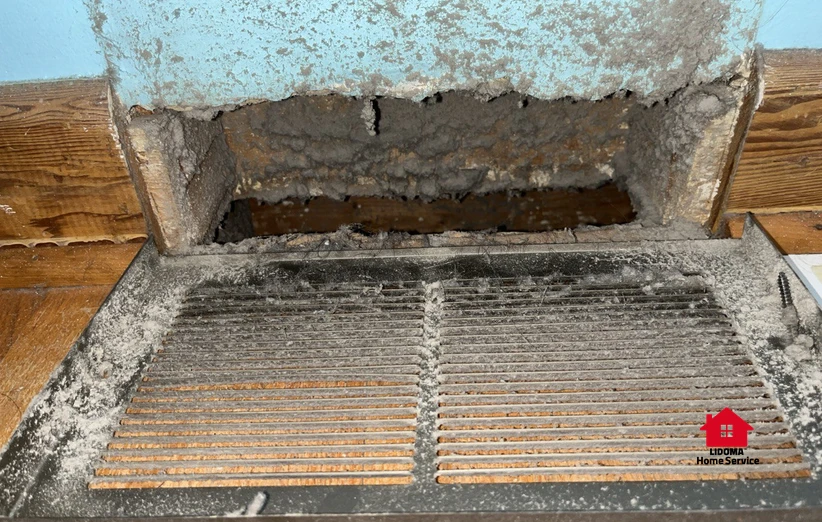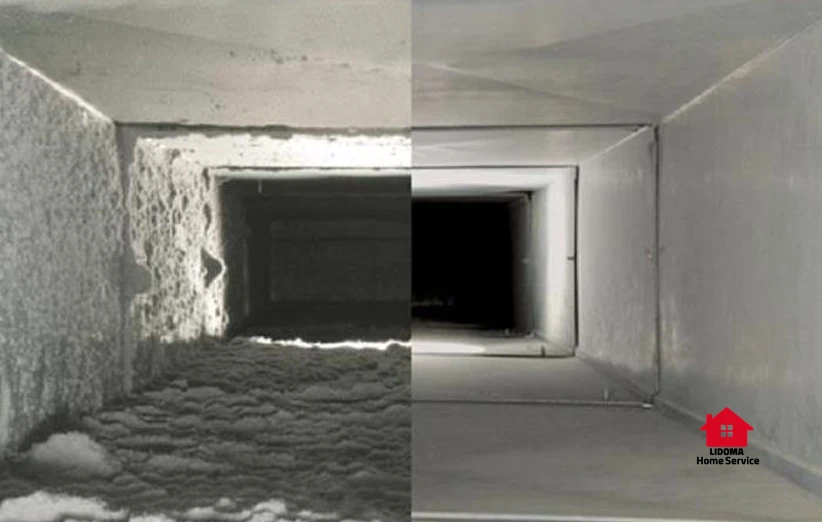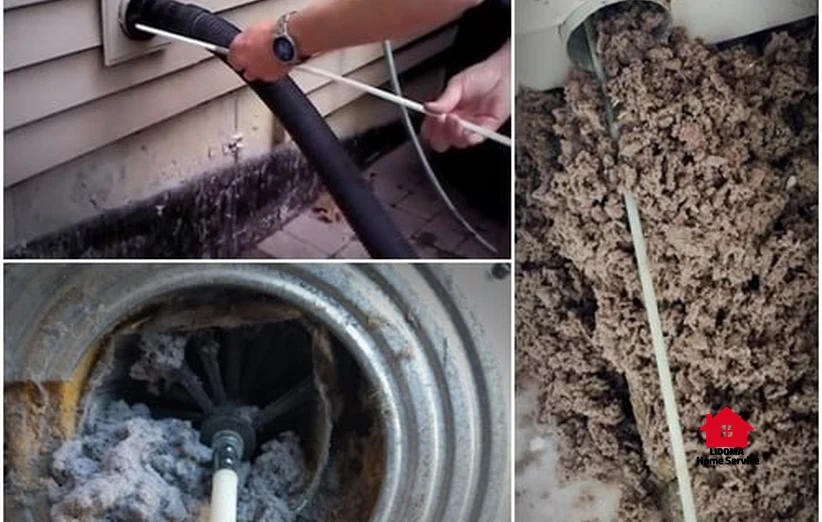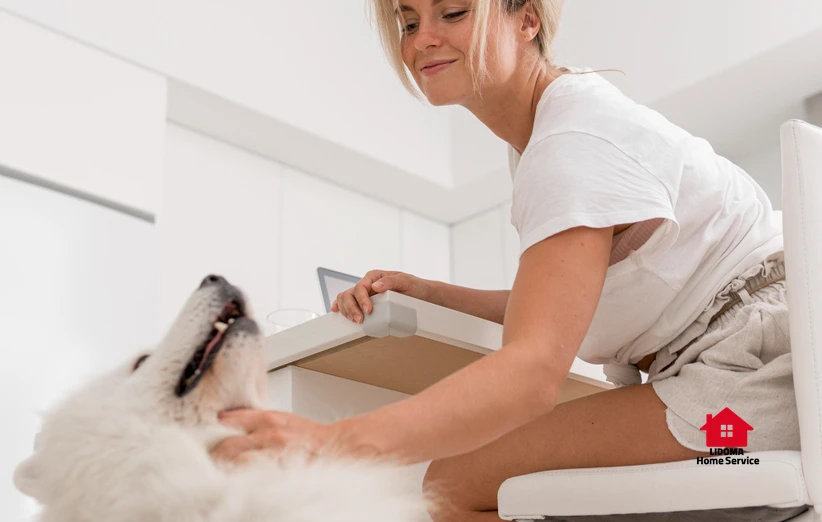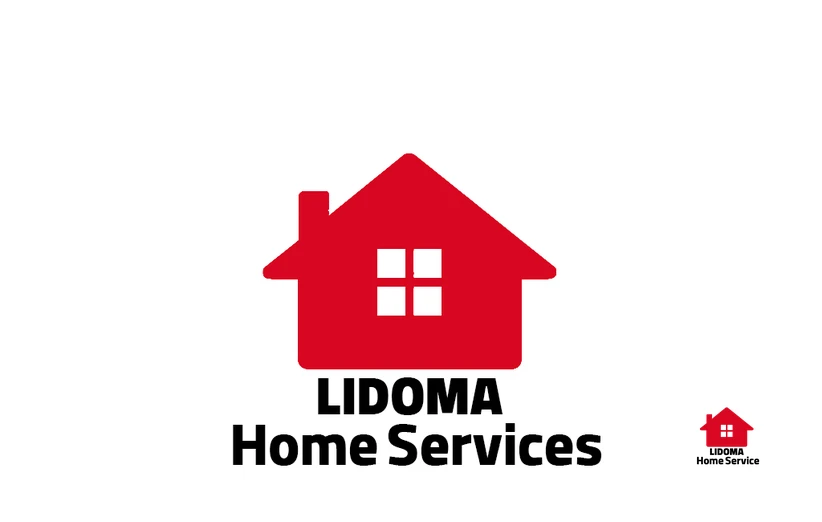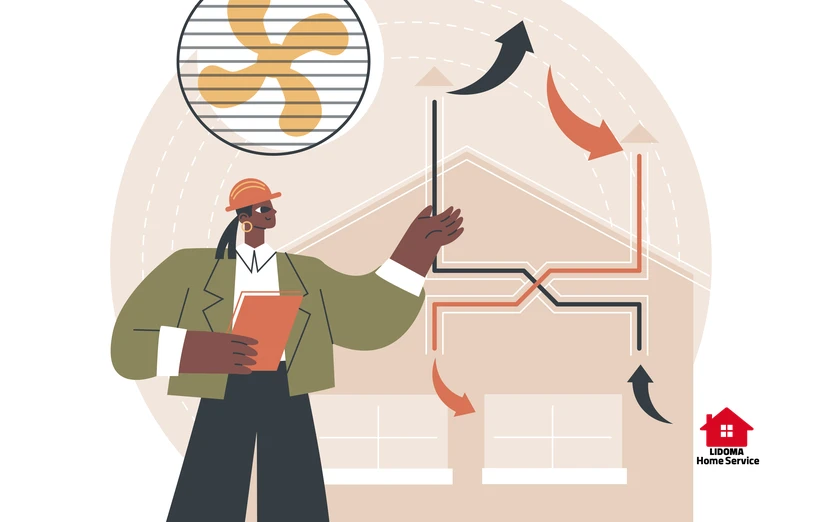Air Duct & Vent Cleaning in Winnipeg: Health, Efficiency, and What to Expect
How professional duct and vent cleaning can improve indoor air quality, system efficiency, and what Winnipeg homeowners should expect — signs, process, costs, and how to pick a trusted contractor.
This guide explains when duct and vent cleaning makes sense for Winnipeg homes, the real health and efficiency benefits (and limits), the professional cleaning process and standards to demand, typical cost ranges in Canada, how to avoid scams, and follow-up steps that actually improve indoor air quality long-term.
Why people talk about duct cleaning: health vs performance
Homeowners often assume duct cleaning is a universal fix for poor indoor air or allergies, but the reality is more nuanced. Cleaning ducts can remove dust, debris, and contaminants that are present within the HVAC system, but it is effective primarily when there is a specific problem to address—such as visible mold, evidence of pests, substantial dust accumulation traced to the duct system, or after construction that has filled the system with particulates.
Duct cleaning should be considered one element of an overall indoor-air strategy, not a standalone cure. Many indoor pollutants originate from activities and materials inside the living space—cooking, pets, smoking, textiles, and stored items—so addressing sources and ventilation often produces larger and more consistent improvements than duct cleaning alone. When cleaning is properly done and targeted to documented issues, it can reduce dust appearing at registers and remove contaminants that otherwise circulate through the house.
Clear trigger points: when to clean ducts and when not to
Professional duct cleaning is recommended when one or more of the following conditions are present:
- Visible mold growth inside ducts or on components. If duct insulation is wet or moldy, replacement of the affected material is usually required rather than cleaning.
- Vermin or insect infestation, evidenced by droppings, nesting material, or sighted pests within the system.
- Excessive visible debris or dust being blown from registers despite clean filters and source-control steps.
- Following major renovations or construction, especially when drywall dust or other fine particulates have entered the system.
- Persistent, unexplained odors that clearly originate from the duct system after ruling out other sources.
When these triggers are not present, routine, scheduled duct cleaning is unlikely to deliver meaningful health benefits or measurable energy savings. In many cases, improving source control, upgrading filtration, sealing duct leaks, and enhancing ventilation provide better outcomes.
What a proper professional duct cleaning should include
A professional, thorough duct cleaning job follows a documented procedure and includes these elements:
- Pre-inspection and documentation: The technician inspects accessible ductwork, registers, and mechanical components, documents visible conditions, and provides a written scope of work. Camera inspection of trunk lines is recommended when accessible.
- Containment and negative-pressure vacuuming: A quality job uses negative-pressure vacuum equipment with HEPA filtration to collect debris while preventing dust from spreading through the home. The vacuum source should be external or sealed, not simply blown around inside.
- Cleaning all relevant components: This includes supply and return registers, grilles, coils, drain pans, the blower/fan assembly, and accessible duct runs. The cleaning approach should remove debris without damaging components.
- Safe handling of mold and contaminants: Where mold is present, the technician should identify moisture sources and recommend corrective actions. Porous materials that are saturated or moldy should be replaced rather than merely cleaned. Chemical biocides or sealants should not be applied indiscriminately; any treatment must be justified and documented with safety data.
- Post-clean verification: After cleaning, the provider should offer verification such as camera footage, photos, or a written summary of work completed. This verifies results and provides a record for homeowners.
If a provider will not perform a proper inspection, use negative-pressure vacuuming, or will not document results, it is a sign to look for another contractor.
Typical costs, frequency, and realistic benefits
Costs for residential duct cleaning vary by home size, system accessibility, and scope of work. A standard residential cleaning commonly falls in a mid-range price band: small homes with easy access are less expensive; larger homes, multi-zone systems, or systems requiring coil and furnace cabinet cleaning cost more. Always obtain an itemized quote that separates inspection, vacuuming, component cleaning, and any recommended repairs or replacements.
Frequency is situational. If no contamination or indicators exist, an arbitrary annual cleaning is not necessary. Many homes only consider duct cleaning every 5–7 years, or when a trigger event occurs (post-construction, known contamination, or after pest remediation). The measurable return from duct cleaning on energy bills is typically small unless cleaning is combined with duct sealing, insulation upgrades, filtration improvements, or mechanical repairs. In other words, cleaning yields the best value when it is part of a larger effort to improve system performance.
How to choose a reputable duct-cleaning company and avoid common scams
Follow these practical checks when evaluating providers:
- Ask for inspection documentation: Reputable companies perform and share an inspection before quoting. They should be willing to show camera footage or photos of problem areas.
- Confirm the cleaning method: Ensure the company uses negative-pressure vacuuming with HEPA filtration and that the vacuum source is appropriately contained. Avoid providers that rely solely on compressed-air or basic brushes without vacuum capture.
- Get an itemized written quote: The quote should clearly list the scope, included components, and price for optional work (coil cleaning, furnace cabinet cleaning, duct repairs).
- Request references and local examples: Ask for recent jobs in Winnipeg or nearby neighborhoods and check reviews or ask for direct referrals.
- Verify insurance and remediation capabilities: Confirm liability insurance and ask whether the company can handle identified issues such as mold remediation or ductboard replacement, or if they subcontract those services.
- Beware of high-pressure sales tactics: If a company insists on extensive recurring services without inspection evidence, or up-sells unrequested treatments, treat that as a red flag.
Document all communications and require before/after records as part of the service. This protects you and ensures the contractor performs the agreed scope.
Complementary measures that provide larger, longer-lasting benefits
To produce real improvements in indoor air and HVAC efficiency, combine duct cleaning (when warranted) with higher-impact measures:
- Upgrade filtration: Use the highest MERV-rated filter your system supports or add a standalone HEPA air cleaner in living areas to capture fine particles that ducts cannot remove.
- Seal and insulate ducts: Sealing leaks with mastic or UL-181 approved materials and insulating exposed ducts reduces energy losses and improves comfort. Duct sealing often delivers more measurable energy savings than cleaning alone.
- Improve ventilation: Mechanical ventilation solutions such as HRVs or ERVs exchange stale indoor air for fresh outdoor air while recovering energy; this reduces pollutant buildup in the home.
- Address moisture sources: Fix leaks, improve drainage, and control humidity to prevent mold recurrence. Cleaning ducts without resolving moisture problems merely treats a symptom.
- System maintenance: Regular HVAC tune-ups (blower cleaning, coil cleaning, and system balancing) keep the entire system running efficiently and reduce the chance that ducts become a significant contamination source.
Combining these steps delivers better air quality, lower run-times, and a more durable improvement to system performance.
Frequently asked questions
Q: Will duct cleaning eliminate allergens and prevent asthma?
A: Duct cleaning can remove accumulated dust in the ductwork, but it is not a guaranteed solution for preventing asthma or allergies. Source control, filtration upgrades, and improved ventilation are typically more effective for reducing symptoms.
Q: How can I tell if ducts have mold?
A: Visible mold growth, ongoing musty odors that persist after other sources are removed, or a history of water intrusion in the HVAC system are clear indicators. In many cases, porous duct materials with mold require replacement, not only cleaning.
Q: Can I do duct cleaning myself?
A: DIY duct cleaning is rarely effective because professional cleaning relies on negative-pressure vacuum systems and access methods that homeowners typically don’t have. Improper DIY attempts can scatter dust or damage ducts; hiring a qualified professional is the safer option.
Q: How long does a residential duct cleaning take?
A: Typical residential cleanings take a few hours. Time increases with system complexity, additional components (coils, heat-exchanger access), or if repairs and replacements are required.
Practical local tips for Winnipeg homeowners and next steps
- Document visible issues before calling: Take photos or short videos of dusty registers, mold, or pest signs. This helps contractors give accurate, written quotes.
- Request video inspection reports: Insist on camera footage or photos before and after cleaning for accountability.
- Bundle services when it makes sense: Combine duct inspection with furnace or AC servicing so the technician can assess blower performance, filter fit, and static pressure in one visit.
- Get multiple written quotes: Compare documented scopes rather than just prices. Examine details such as whether the quote includes containment, HEPA vacuuming, or only superficial brushing.
Schedule an on-site inspection with a provider who documents findings with camera inspection and provides a clear, itemized quote. A thorough inspection will tell you whether cleaning is warranted and what additional measures will deliver the best air-quality and efficiency improvements for your Winnipeg home.
